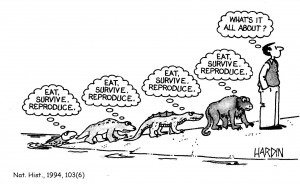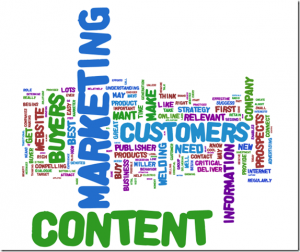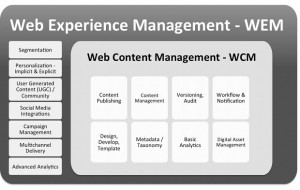Why Your Sales Pipeline Needs Marketing Automation
 Have you thought about why your sales pipeline needs marketing automation? We came across an old post the other day that got us talking about marketing automation and the sales lead pipeline. One of Lead Liaison Revenue Performance Specialists commented that B2B lead management has been completely changed because of marketing automation. How, you ask?
Have you thought about why your sales pipeline needs marketing automation? We came across an old post the other day that got us talking about marketing automation and the sales lead pipeline. One of Lead Liaison Revenue Performance Specialists commented that B2B lead management has been completely changed because of marketing automation. How, you ask?
1. Redefines Early Pipeline Stages
In the past, a B2B sales pipeline has typically included four primary stages: Inquiry, Lead, Opportunity, and Customer. Thanks to marketing automation sales managers can have a more well-defined view of activity leading up to a sales close. There are four newly recognized phases in today’s sales lead pipeline: Prospecting, Awareness, Qualification, and Nurturing. These new stages have become recognized as important contributors to the sales cycle.
2. Provides Lead Scoring
B2B marketing automation provides measurements that score leads as they become more familiar with your solutions and company. The commonly quoted industry standard of 80% of first contact B2B leads are not ready to buy means that leads require deeper connections through consistent, progressively-staged messaging. During the lead nurturing process leads can be digitally scored for sales-readiness within an MA system, which allows salespeople to focus on the hottest leads.
3. Gives Sales Agents Better Information
Sales agents have a greater understanding of sales prospects before they make contact because of the data collected through marketing automation. For example, activities such as webinar attendance and infographic views can be captured in a MA system and reveal how informed a lead is about your products. A savvy sales agent can incorporate that information into her sales approach with that lead. Often B2B prospects must be educated about business solutions. Moving leads through a sales pipeline using a marketing automation system also provides a focused product education process. Automated messaging helps lessen the educational responsibility for your salespeople.
4. Gets Marketers More Involved in the Game
In the past, marketers have had little accountability when it came to moving a prospect to a customer. With marketing automation, marketers now have more “skin in the game” when it comes to moving leads through the sales pipeline. The newly-added sales pipeline stages we mentioned earlier are, for the most part, marketing-related. Prospecting, creating awareness, and lead nurturing rely on digital messaging, social media and search engine strategies, and other marketing-related activities. And now management can see how effective digital marketing campaigns are at bringing in qualified leads through the use of an automated marketing system.
5. Provides Consistent Message Scheduling
Marketing automation uses staged release mechanisms to contact leads on a regular basis. Marketing campaigns used to rely on a lot of leg work to distribute messages; with MA that is no longer the case. From emails to blog posts to articles to press releases, digital marketing assets can be deployed at scheduled intervals using a streamlined process provided by a marketing automation system.
6. Allows Managers to Manage Better
With the incredible level of analytics an automated marketing system provides, marketing and sales directors can now analyze critical details about marketing activities. From page views to click-throughs, MA systems provide data and information that can be used to either improve good marketing campaigns or scrap ineffective ones. Some marketing automation systems require a sizeable investment and may not be appropriate for every company, but those that invest in a marketing automation system to manage their sales lead pipeline find their marketing and sales effectiveness improves. To learn more about how marketing automation can help your company contact a Lead Liaison representative.











